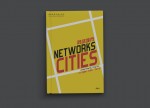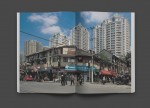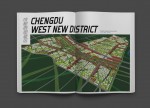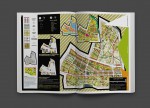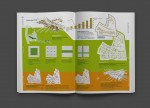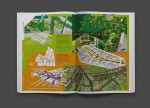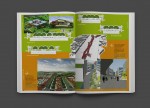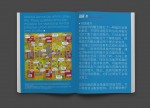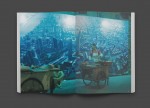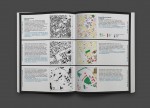Criticism plays an essential role in the health of a city’s design culture. BAU engage in discourse as author, mediator, and subject.
Networks Cities
Published in 2012 by China Architecture & Building PressPrice RMB 210 / AUD 45 Order
As China moves forward with its urbanization on a massive scale, almost simultaneous developments of very large tracts of land are the norm rather than the exception. Networks Cities makes an important contribution to both understanding the design difficulties at stake and strategies that can be usefully followed to make urban outcomes more environmentally responsive, socially well-integrated and physically less generic.
— Professor Peter G. Rowe, Raymond Garbe Professor of
Architecture and Urban Design,Harvard University. (Excerpt from
contained essay)
Network thinking has been a long time brewing in urban design theory. Networks are permeable and open spatial and social structures that facilitate flows of people, ideas, products, information and capital. The structure of urban networks is strongly linked to the social and cultural richness of a society and to the urban and architectural richness of the city.
— Professor Kim Dovey, Professor of Architecture and Urban Design,
University of Melbourne. (Excerpt from contained essay)
Only the Chinese are capable of carrying out the current unprecedented growth of cities at such high speed, for they are the most practical of people. As Lin Yu Tang declared, this pragmatism comes with sensitivity and humor. However, the Chinese are the first to admit they are not a highly idealistic people, and perhaps lack the inclination to dream. Even the three religions and philosophies Buddhism, Taoism and Confucianism, have been diluted to a practical level in China. These national characteristics go to explain why there are so few Chinese books on contemporary approaches to urban planning – new approaches require a good deal of idealism. Another reason is that criticism is not taken lightly in this country!
This book is about China’s urban planning, unprecedented in both scale and speed. It is about our work over the past nine years, in which we have been developing a concept, originally devised with Steve Whitford, called Networks Cities – urbanism with its land uses organized into networks of continuity, adjacency and superposition. If applied logically, shrewdly and inventively, it can form a framework for cities which are flexible, humane and sustainable. The book reveals the concept of Networks Cities in projects,strategies, essays and designs, none of which are utopian. They are raw, real and pragmatic, produced at unavoidable speed and within the confines of Chinese planning orthodoxies. Yet between and beyond the networks there exists the stuff of dreams – of immanence, surprise and sensation.


